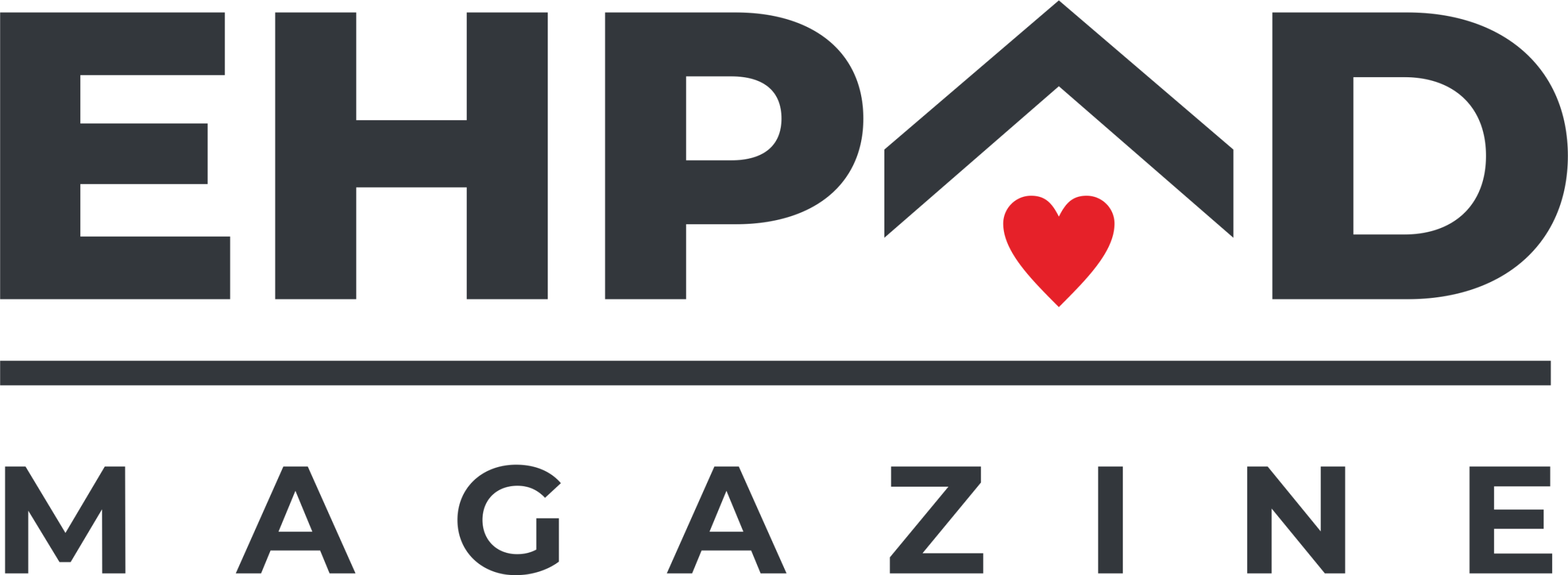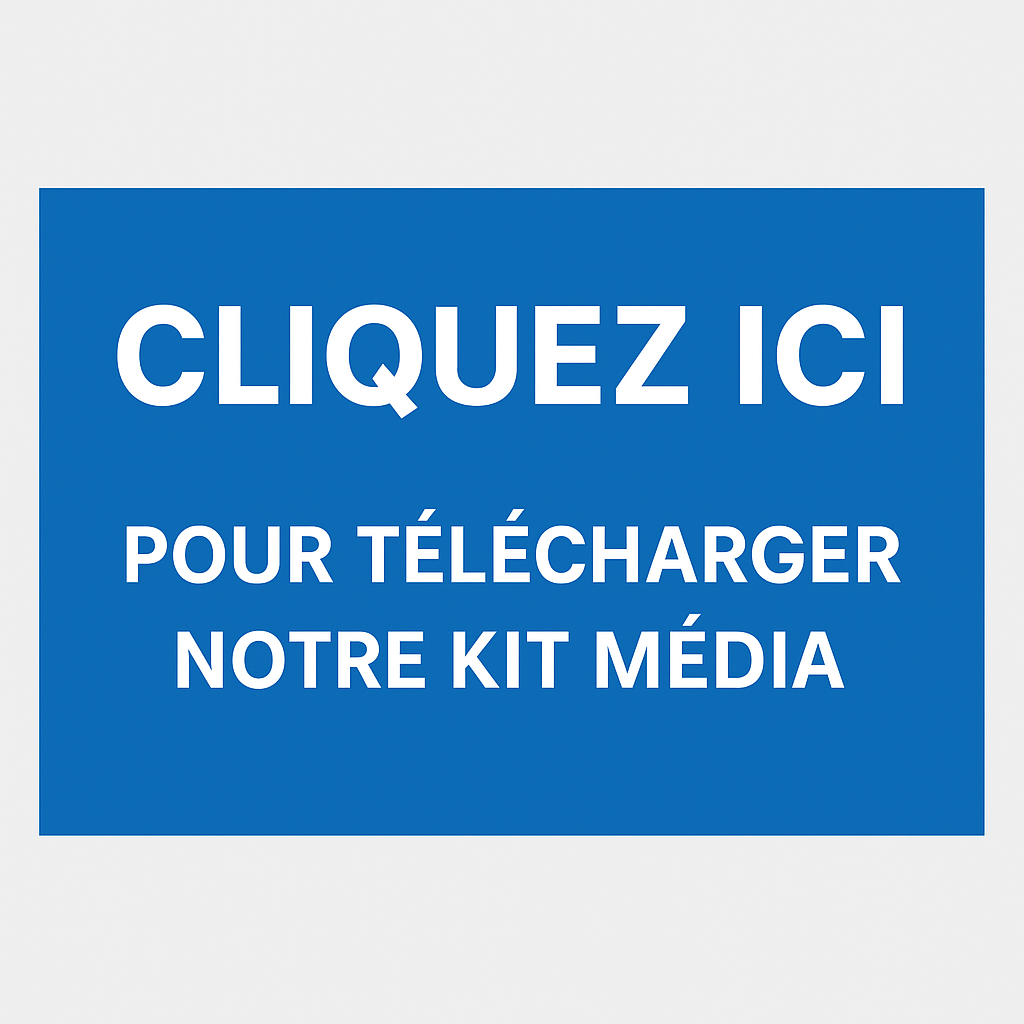🎯 Introduction: Why Due Diligence Makes or Breaks Your Investment
Investing in nursing homes and senior care facilities represents one of the most promising real estate sectors, driven by demographic trends and stable cash flows. However, the complexity of healthcare real estate demands rigorous due diligence to avoid costly mistakes and maximize returns. Whether you’re considering LMNP investments in France, exploring opportunities across Europe, or diversifying into US and emerging markets, this comprehensive guide provides the essential framework for successful nursing home investments. 💼
The nursing home sector has experienced significant evolution in 2024, with interest rate adjustments, regulatory changes, and market consolidation creating both opportunities and risks. Recent developments, including the ECB’s rate cuts and ongoing restructuring of major operators like Emeis (formerly Orpea), underscore the importance of thorough investment analysis.
📊 Key Takeaways in 30 Seconds:
- 🔍 Comprehensive due diligence reduces investment risks by up to 60%
- 📈 Proper operator evaluation can identify yield sustainability over 10+ years
- ⚖️ LMNP tax optimization requires specific legal and financial structuring
- 🌍 Geographic diversification across markets enhances portfolio stability
🏥 Understanding the Nursing Home Investment Landscape
🇫🇷 France: The LMNP Advantage
France remains the cornerstone of European nursing home investments, offering the LMNP (Loueur Meublé Non Professionnel) tax regime that provides significant advantages for individual investors. The French market benefits from:
Regulatory Stability: 📋
– Established healthcare regulations ensuring quality standards
– Predictable reimbursement mechanisms through social security
– Long-term lease structures (typically 9-12 years) with indexed rent increases
Market Maturity: 🏢
– Well-established operator ecosystem with transparent financial reporting
– Standardized property management practices
– Liquid resale market for quality assets
Tax Benefits: 💰
– LMNP status allows depreciation deductions against rental income
– Potential for tax-free capital gains after 15 years of ownership
– Simplified tax reporting compared to commercial real estate
🇪🇺 European Expansion Opportunities
Beyond France, European markets offer diversification benefits:
Germany: 🇩🇪
– Largest European market with over 15,000 nursing homes
– Regulatory challenges creating consolidation opportunities
– Strong demographic drivers with rapidly aging population
Spain and Italy: 🇪🇸🇮🇹
– Emerging markets with growing institutional investment
– Lower entry costs compared to Northern European markets
– Increasing quality standards driving modernization needs
United Kingdom: 🇬🇧
– Post-Brexit positioning creating unique investment angles
– Established REIT structures for institutional investors
– Strong operational expertise in senior care management
🇺🇸 United States: Scale and Innovation
The US market offers the largest scale globally:
Market Characteristics: 📊
– Over 15,000 nursing homes with $200+ billion annual revenue
– REIT structures enabling liquid investment exposure
– Technology integration driving operational efficiency
Investment Vehicles: 🏦
– Direct property ownership through specialized funds
– Public REITs like Welltower, Ventas, and Healthcare Trust
– Private equity partnerships with major operators
🌏 Emerging Markets: Future Growth Engines
Asia-Pacific and Latin American markets present long-term opportunities:
Growth Drivers: 📈
– Rapid population aging in countries like China, Japan, and South Korea
– Rising middle-class demand for quality senior care
– Government initiatives supporting healthcare infrastructure
Investment Considerations: ⚠️
– Higher regulatory and currency risks
– Limited exit liquidity in early-stage markets
– Cultural adaptation requirements for care models
🔍 The Complete Due Diligence Framework
📋 Phase 1: Market and Location Analysis
Demographic Assessment: 👥
- Population Aging Trends: Analyze local demographics for 65+ population growth over 10-20 years
- Income Levels: Evaluate ability to pay for private care services
- Competition Density: Map existing facilities within 10-15 km radius
- Healthcare Infrastructure: Assess proximity to hospitals and medical services
Regulatory Environment: ⚖️
- Licensing Requirements: Understand local healthcare facility regulations
- Reimbursement Systems: Analyze government funding mechanisms and stability
- Quality Standards: Review inspection requirements and compliance costs
- Zoning and Planning: Verify long-term land use compatibility
Economic Factors: 💹
- Local Economy: Assess employment levels and economic stability
- Real Estate Trends: Analyze property value trends and rental markets
- Transportation Access: Evaluate accessibility for families and staff
🏢 Phase 2: Operator Evaluation
Financial Stability Assessment: 📊
Critical Financial Metrics:
- Revenue Stability: 3-5 year revenue trends and diversification
- Profitability: EBITDA margins and cash flow generation
- Debt Levels: Debt-to-equity ratios and refinancing schedules
- Working Capital: Cash management and payment cycles
Red Flags to Avoid: 🚩
- Declining occupancy rates over multiple quarters
- Frequent management turnover or regulatory violations
- Delayed rent payments or requests for rent reductions
- Significant related-party transactions without transparency
Operational Excellence Indicators: ⭐
- Quality Ratings: Government inspection scores and resident satisfaction
- Staff Retention: Turnover rates and training programs
- Technology Integration: Electronic health records and operational systems
- Compliance History: Regulatory violations and corrective actions
Market Position Analysis: 🎯
- Brand Recognition: Local market reputation and referral networks
- Service Differentiation: Specialized care programs and amenities
- Expansion Plans: Growth strategy and capital requirements
- Partnership Networks: Relationships with hospitals and healthcare providers
🏠 Phase 3: Property and Asset Evaluation
Physical Condition Assessment: 🔧
- Building Age and Condition: Structural integrity and maintenance history
- Compliance Standards: ADA accessibility and safety regulations
- Mechanical Systems: HVAC, electrical, and plumbing infrastructure
- Technology Infrastructure: Internet, telecommunications, and security systems
Capacity and Layout Analysis: 📐
- Bed Configuration: Private vs. shared rooms and market preferences
- Common Areas: Dining, recreation, and therapy spaces
- Expansion Potential: Available land for future development
- Parking and Access: Visitor and staff parking adequacy
Environmental and Safety Considerations: 🌿
- Environmental Assessments: Soil, water, and air quality testing
- Natural Disaster Risks: Flood zones, earthquake, and severe weather exposure
- Insurance Requirements: Coverage needs and premium costs
- Emergency Preparedness: Evacuation plans and backup systems
💰 Financial Analysis and Investment Structuring
📊 Investment Return Calculations
Yield Analysis Framework:
- Gross Rental Yield: Annual rent ÷ Purchase price (target: 4-7% depending on market)
- Net Rental Yield: After deducting taxes, insurance, and management fees
- Cash-on-Cash Return: Annual cash flow ÷ Initial cash investment
- Internal Rate of Return (IRR): Total return including capital appreciation over hold period
Sensitivity Analysis: 📈
- Occupancy Rate Scenarios: Model 85%, 90%, and 95% occupancy levels
- Rent Growth Assumptions: Conservative, base, and optimistic scenarios
- Interest Rate Impact: Financing cost changes on leveraged returns
- Exit Value Projections: Cap rate assumptions for resale analysis
🏦 LMNP Tax Optimization Strategies
LMNP Structure Benefits: 💼
- Depreciation Deductions: Typically 2-4% annually on furniture and equipment
- Expense Deductions: Management fees, insurance, and maintenance costs
- Capital Gains Treatment: Reduced rates after 5+ years, exempt after 15 years
- Inheritance Planning: Favorable treatment for estate transfers
Optimization Techniques: 🎯
- Timing Strategies: Coordinate purchases with tax year planning
- Entity Structuring: SCI (Société Civile Immobilière) for multiple properties
- Financing Optimization: Debt structuring for maximum tax efficiency
- Professional Advice: Engage specialized tax advisors for complex structures
⚠️ Risk Assessment and Mitigation Strategies
🚨 Primary Risk Categories
Operator Risk: 👥
- Financial Distress: Bankruptcy or restructuring of nursing home operator
- Quality Issues: Regulatory violations affecting reputation and occupancy
- Management Changes: Turnover in key leadership positions
- Lease Default: Inability to meet rental obligations
Mitigation Strategies:
- Diversify across multiple operators and geographic regions
- Require operator financial guarantees and regular reporting
- Include lease termination clauses for quality violations
- Maintain reserve funds for temporary vacancy periods
Market Risk: 📊
- Demographic Shifts: Changes in local aging population patterns
- Competition: New facility development reducing market share
- Economic Downturns: Reduced ability to pay for private care
- Regulatory Changes: New requirements increasing operational costs
Mitigation Strategies:
- Focus on markets with strong long-term demographic trends
- Invest in facilities with competitive advantages (location, quality, services)
- Maintain conservative leverage ratios for economic flexibility
- Stay informed about regulatory developments and compliance requirements
Property Risk: 🏢
- Physical Deterioration: Aging infrastructure requiring major capital expenditure
- Obsolescence: Outdated design not meeting modern care standards
- Environmental Issues: Contamination or natural disaster damage
- Liquidity Risk: Difficulty selling specialized healthcare real estate
Mitigation Strategies:
- Conduct thorough property inspections and environmental assessments
- Budget for ongoing capital improvements and modernization
- Maintain comprehensive insurance coverage including business interruption
- Consider properties with alternative use potential if needed
🌍 Geographic Diversification Strategies
🎯 Portfolio Construction Principles
Core-Satellite Approach: 🎪
- Core Holdings (60-70%): Established markets like France and Germany with stable operators
- Satellite Investments (20-30%): Growth markets in Southern Europe and emerging economies
- Opportunistic Plays (10-20%): Distressed assets or development opportunities
Currency and Political Risk Management: 💱
- Currency Hedging: Consider hedging strategies for non-Euro investments
- Political Stability: Evaluate government stability and healthcare policy continuity
- Legal Frameworks: Understand property rights and dispute resolution mechanisms
- Tax Treaties: Optimize international tax efficiency through proper structuring
✅ Quick Check Before Buying/Selling
🛒 Pre-Purchase Checklist
- 🔍 Operator Financial Health: Review 3+ years of audited financial statements
- 📊 Market Demographics: Confirm 65+ population growth projections for next 10 years
- 🏥 Property Condition: Complete professional inspection including all building systems
- ⚖️ Legal Documentation: Review lease terms, zoning compliance, and regulatory approvals
- 💰 Financial Projections: Stress-test returns under various occupancy and rent scenarios
- 🛡️ Insurance Coverage: Verify adequate property, liability, and business interruption coverage
- 🎯 Exit Strategy: Identify potential buyers and resale timeline expectations
💸 Pre-Sale Considerations
- 📈 Market Timing: Assess current cap rates and buyer demand in your market
- 💰 Tax Implications: Calculate capital gains tax and potential deferral strategies
- 🔄 Reinvestment Options: Identify 1031 exchange opportunities if applicable
- 📊 Performance Documentation: Compile operating history and improvement records
- 🎯 Buyer Targeting: Identify most likely purchaser categories (individual, institutional, operator)
- ⏰ Timeline Planning: Allow 6-12 months for marketing and closing process
🔮 Future Trends and Opportunities
📱 Technology Integration
The nursing home sector is experiencing rapid technological advancement:
Operational Technology: 💻
- Electronic Health Records: Improving care coordination and regulatory compliance
- Telehealth Integration: Reducing hospitalization rates and improving outcomes
- Automated Monitoring: Wearable devices and sensors enhancing resident safety
- Staffing Solutions: AI-powered scheduling and workforce management
Investment Implications: 📊
- Properties with modern technology infrastructure command premium rents
- Operators investing in technology demonstrate competitive advantages
- Technology adoption can improve operational efficiency and margins
- Regulatory requirements increasingly favor technology-enabled care
🌱 ESG and Sustainability
Environmental Considerations: 🌿
- Energy Efficiency: Green building certifications reducing operational costs
- Sustainable Design: Wellness-focused architecture improving resident outcomes
- Renewable Energy: Solar and other renewable installations enhancing property values
Social Impact: 👥
- Quality Care Standards: Focus on resident dignity and family satisfaction
- Community Integration: Intergenerational programs and local partnerships
- Staff Welfare: Competitive compensation and career development programs
💼 EHPAD INVEST: Your Strategic Investment Partner
Navigating the complexities of nursing home investments requires specialized expertise and market knowledge. From initial market analysis through property acquisition and ongoing management, professional guidance ensures optimal investment outcomes. 🎯
Whether you’re exploring LMNP opportunities in France, evaluating operators across Europe, or considering international diversification, expert analysis helps identify the best opportunities while avoiding common pitfalls.
🎯 Conclusion: Building a Successful Nursing Home Investment Portfolio
Successful nursing home investing combines thorough due diligence, strategic market selection, and ongoing risk management. The sector’s strong demographic fundamentals provide a solid foundation, but individual investment success depends on careful analysis and professional execution. 🚀
Key success factors include:
- 🔍 Comprehensive Due Diligence: Never skip detailed operator and property analysis
- 🌍 Geographic Diversification: Spread risk across multiple markets and operators
- 💰 Conservative Financing: Maintain adequate reserves for market volatility
- 📊 Ongoing Monitoring: Regular review of operator performance and market conditions
- 🎯 Professional Guidance: Leverage specialized expertise for complex decisions
The nursing home sector offers compelling investment opportunities for those who approach it with proper preparation and realistic expectations. By following this comprehensive due diligence framework, investors can build portfolios that generate stable returns while contributing to essential healthcare infrastructure.
**Remember:** While demographic trends support long-term sector growth, individual investment success requires careful selection, thorough analysis, and ongoing management. The combination of strong fundamentals and professional execution creates the foundation for sustainable investment returns.
**📞 For expert guidance on nursing home investments and comprehensive due diligence support, visit EHPAD INVEST for personalized investment strategies and market analysis.**


